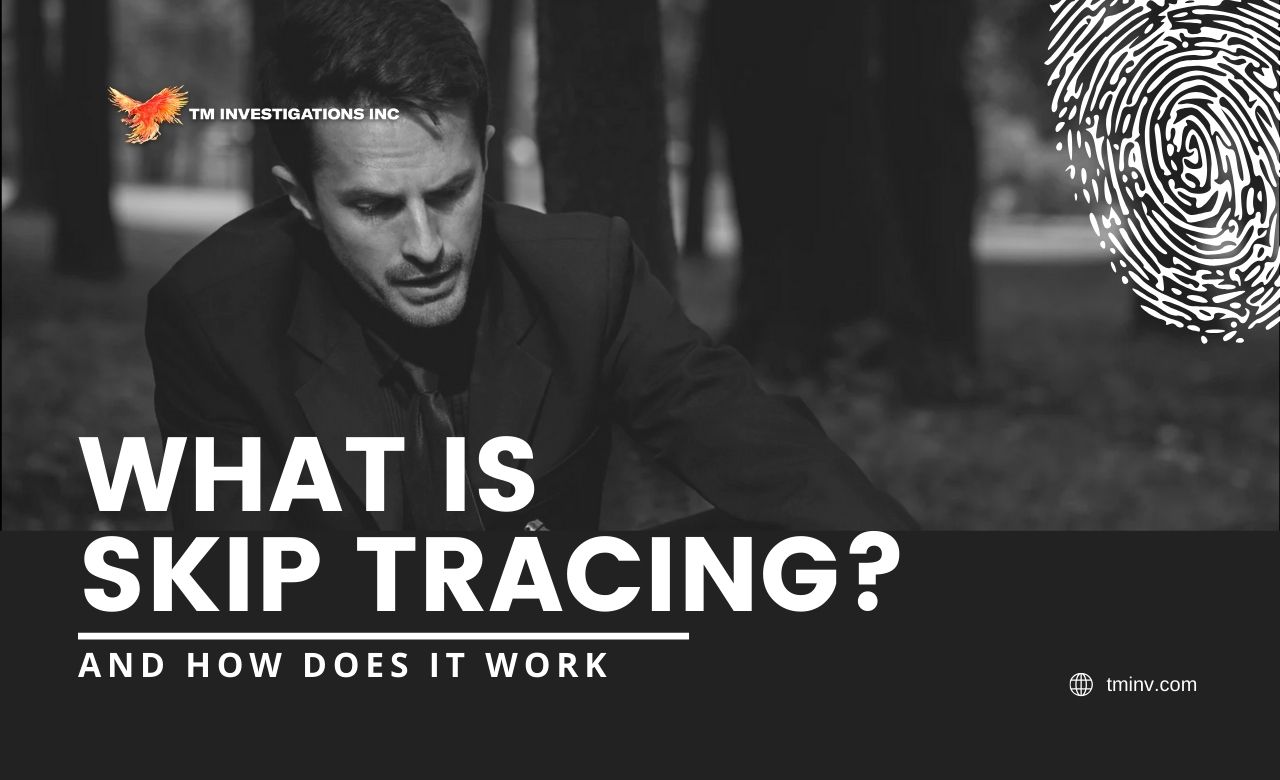
Skip tracing is the process of locating a person who has gone missing, is avoiding contact, or has intentionally hidden their whereabouts. The term “skip” comes from the phrase “skipped town,” while “tracing” refers to the act of tracking them down.
In the United States, skip tracing is commonly used in legal, financial, and investigative fields, and it plays a critical role in finding people for valid and lawful purposes.
Why Skip Tracing Is Needed
Skip tracing is often used when someone goes off the radar, either intentionally or unintentionally, making it difficult for others to reach or locate them.
It’s especially useful in situations involving legal or financial obligations, and even in emotional or personal cases where reconnecting is the goal.
It can apply in a wide range of scenarios, including when someone:
- Disappears after owing a debt
- Fails to show up in court or legal proceedings
- Abandons responsibilities such as child support
- Avoids legal services like subpoenas
- Goes missing without informing friends or family
Professionals like private investigators, lawyers, bail bondsmen, and process servers rely on skip tracing to find accurate and current information about a person’s location.
How Skip Tracing Works
Skip tracing involves a detailed process that combines research, data analysis, and investigative work.
Here’s how it typically works:
1. Gathering Basic Information
The process begins with collecting all known data about the subject. This step is critical because even small or outdated pieces of information can help build a trail.
Investigators carefully review documents, records, and client-provided details to form a starting point. The more accurate and complete this initial information is, the higher the chances of a successful trace.
This may include:
- Full name
- Date of birth
- Social Security number (if legally accessible)
- Last known address
- Phone numbers
- Employment history
- Relatives and known associates
2. Searching Public and Private Databases
Private investigators use specialized databases that pull from:
- Credit reports
- Utility bills
- Property records
- Driver’s license and vehicle registration
- Court and arrest records
- Social media and online activity
3. Conducting Interviews and Field Research
Sometimes, investigators may speak with neighbors, former coworkers, landlords, or friends to gather additional leads. Fieldwork may also include visiting past locations.
4. Surveillance (When Necessary)
If leads are confirmed but not fully verified, surveillance may be used to confirm a person’s identity and current residence, especially when documentation is insufficient.
5. Analyzing and Confirming Leads
Once all the data is collected, the investigator analyzes patterns and cross-references information to pinpoint the subject’s current location.
Is Skip Tracing Legal in the USA?
Yes, skip tracing is legal as long as it follows federal and state privacy laws. It is a regulated process that ensures individuals’ rights are respected while still allowing professionals to gather necessary information for legitimate purposes such as court cases, financial claims, or locating missing persons.
Licensed investigators know how to operate within these laws to avoid legal issues and ensure that all evidence collected is admissible and ethically obtained.
Investigators must:
- Avoid impersonation, harassment, or coercion
- Use only legally accessible databases
- Respect individual privacy rights
That’s why it’s important to work with a licensed professional who understands legal boundaries.
Trusted Skip Tracing Solutions by Licensed Professionals
TM Investigations offers professional skip tracing services across Virginia, Washington, D.C., and West Virginia. We help clients locate individuals for legal services, court matters, financial recovery, and personal closure. Our process is fully compliant with state laws and focuses on delivering accurate, discreet, and reliable results.
Contact us today to find the answers you need with trusted skip tracing support.